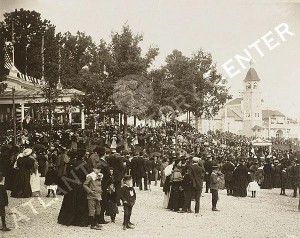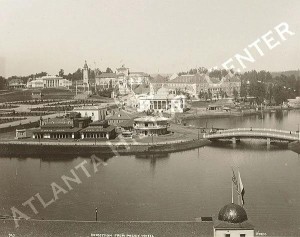
Today would be the 101st birthday of Georgia artist Lamar Dodd. He was born September 22, 1906 in Fairburn and raised in LaGrange, Georgia. The New Georgia Encyclopedia provides an overview of his life and artistic career. You can also find his birthday marked on “This Day in Georgia History” at the GeorgiaInfo site.

Dodd left Georgia as a youth to study in New York, but would return and take a position with the University of Georgia (UGA). He would eventually lead the art department at UGA from 1938 until 1973. In 1996, the art school was renamed the “Lamar Dodd School of Art” in his honor (a more in depth account of his work with the art school can be found here). The Lamar Dodd Art Center, part of LaGrange College, is also named in his honor.
A photograph of his childhood home in LaGrange can be found in the Troup County Digital Archives Project Photograph Database and in the Hubert Bond Owens and John Linley Image Collections at the Owens Library. And finally, you can read about Lamar Dodd in Thomas Reed’s The History of the University of Georgia (Chapter 16). A manuscript page of the chapter titled “Department of Art, Lamar Dodd” is viewable through an online collection from the Hargrett Library at UGA.



